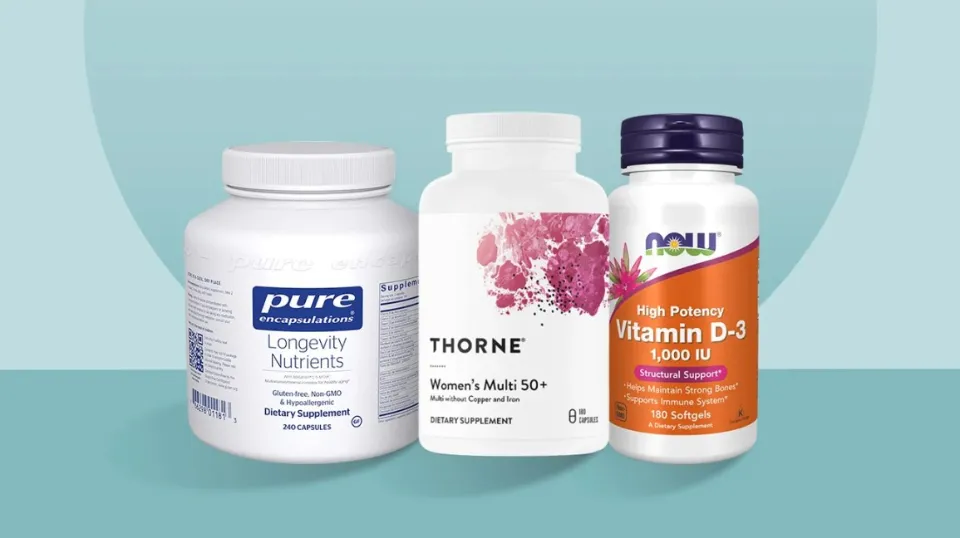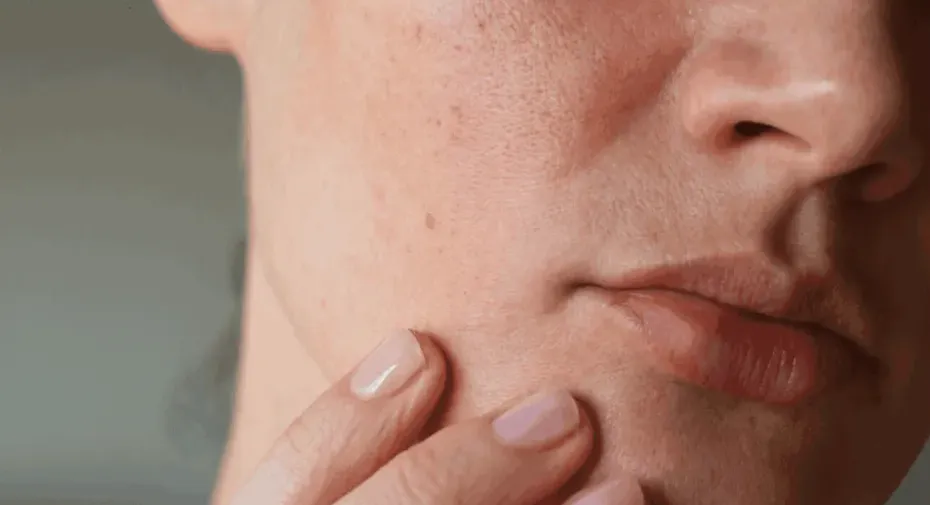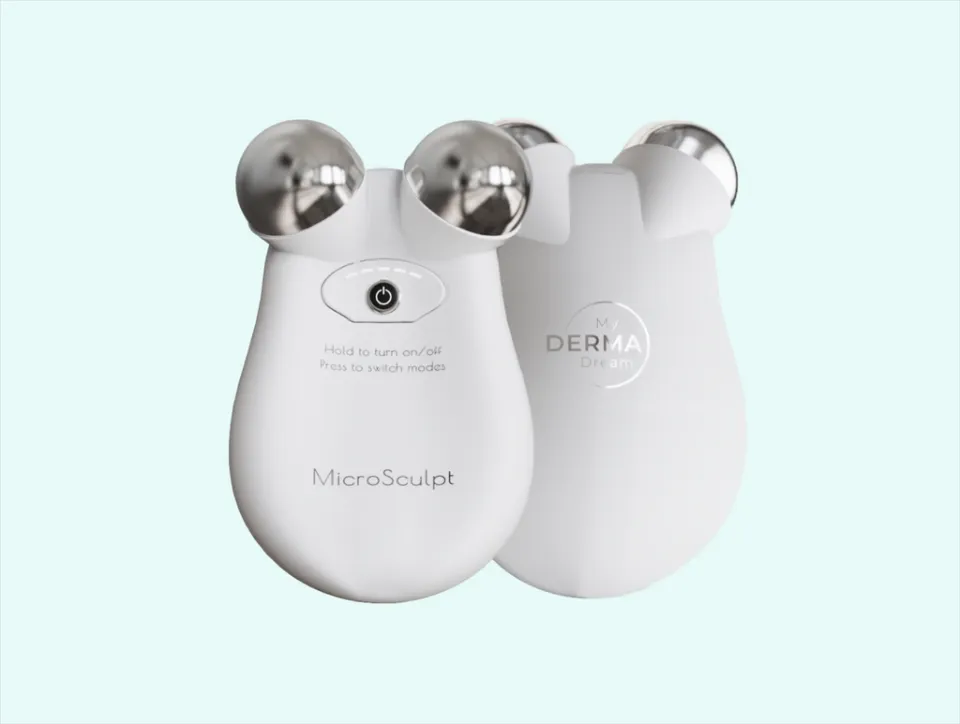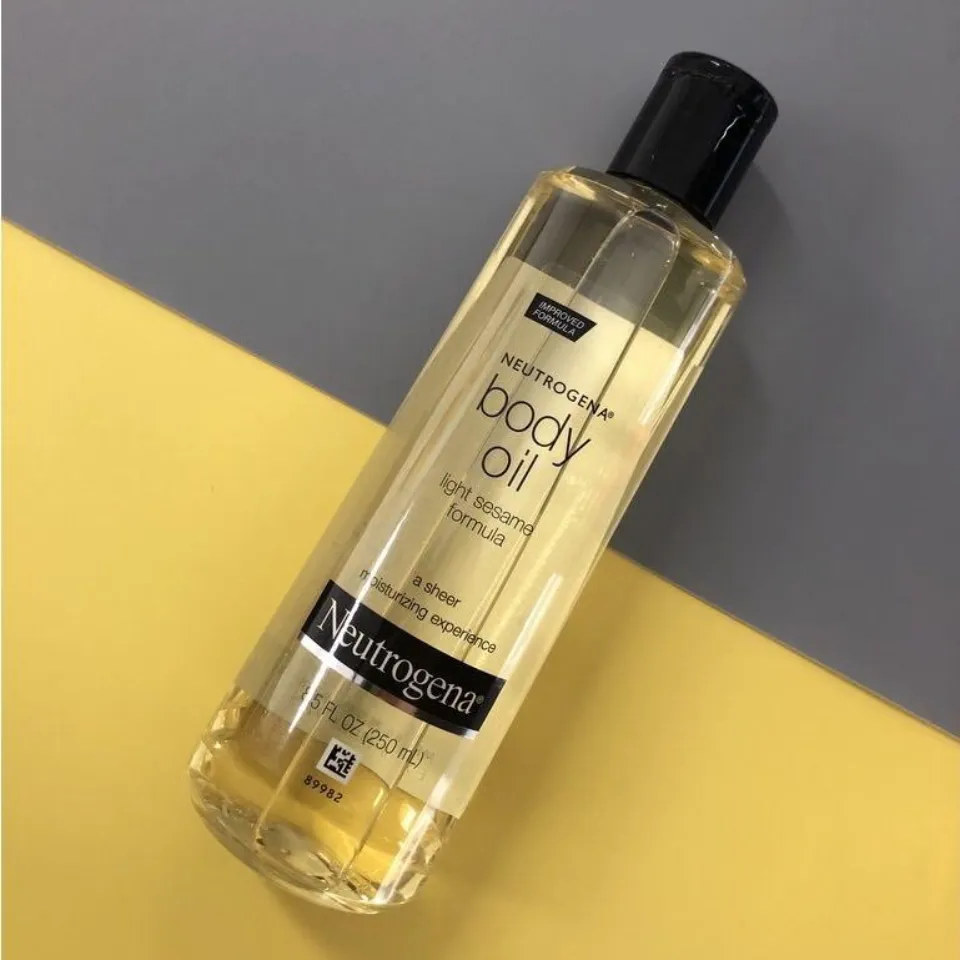Body changes occur continuously. Your skin’s cells, in particular, are constantly changing.
The process of skin regeneration and repair enables this. But how to regenerate skin on face?
When it comes to accelerating the process of skin regeneration, lifestyle decisions are crucial. These lifestyle modifications include regular exercise, eating a healthy diet rich in nutrients, and staying hydrated.
Understanding the science behind your skin’s life cycle can help you to take care of your skin as it goes through the regeneration process. To learn more about skin regeneration, keep reading.
What is Skin Regeneration?
Regeneration can mean a number of things for our skin. First, it is the process by which older, dead skin cells on the skin’s surface are replaced by younger, fresher skin cells underneath.
Skin cell turnover decreases with age (when we’re young, it’s estimated to take around 28 days) so we usually need to exfoliate or get help from skin superhero retinol (see below) to keep our complexion fresh.
Second, regeneration can also refer to enhancing important skin proteins like collagen or elastin, which are crucial for the skin’s structure, density, and elasticity (or the capacity to “bounce back” after being pulled out of shape, as when you smile or frown, for example).)
How Does Skin Regeneration Work?

We should define more precisely what skin generation is and how it works. To be more precise and exact let’s define skin regeneration as the total replacement of damaged skin tissues with new ones. In essence, once skin has recovered from damage, we can declare it healed.
Skin regeneration can take place by repairing or replacing damaged tissues as well as by regrowing missing or removed tissues.
How to Regenerate Skin on Face?
As you get older, skin regeneration slows down. On the skin’s top layer, this causes a buildup of dead skin cells.
Even as you get older, you can keep your skin looking young and feeling elastic by promoting natural regeneration.
Lifestyle Choices
The skin regeneration process can be kept running as smoothly as possible by making healthy choices.
Hurtikant suggests:
- Regular exercise
- A nutrient-dense diet
- Staying hydrated
- Reducing stress when possible
- Protecting against environmental factors, like ultraviolet (UV) rays, pollution, and dry weather

Cellular aging, also known as intrinsic aging, and extrinsic aging, which is caused by environmental factors, are the two types of aging.
Stress may hasten the naturally occurring process of intrinsic aging, which is genetically predetermined. Extrinsic aging is a result of outside factors, like where you live and your lifestyle habits.
In addition, favor foods that are high in antioxidants, like:
- Blueberries
- Strawberries
- Apples
- Ginger
- Turmeric
Antioxidants can enhance the radiance and luster of your skin, so include them in your diet.
Products

A few specific skin care products can also aid in hydrating the skin, removing accumulated dead skin cells, and enhancing the natural cell turnover process. Look for ingredients like:
- Vitamin B3 or niacinamide
- Vitamin C
- Vitamin E
- Alpha-lipoic acid (ALA)
- Hyaluronic acid
Utilize vitamin B3-containing products. It’s “a necessary component of cell metabolism, also known as niacinamide, and is required for many skin processes that help maintain healthy-looking skin.
Natural Remedies
These natural remedies may help boost your skin’s health and promote the skin regeneration process:
- papaya extract
- jojoba oil
- rosehip oil
- coconut oil
- citrus extracts, like orange peel
Numerous plant extracts, including papaya, demonstrated antioxidant and anti-aging properties, according to a study from 2022. ethanol was used as a cosolvent in some extracts, which led to stronger effects.
A 2018 review ound that jojoba, rosehip, and coconut oil may help with skin barrier repair, wound healing, antioxidant effects, and antiaging.
A 2010 study noted that orange peel extract could provide useful protection against or alleviation of UV damage.
These ingredients can be found in natural skin care products.
Also Read:
- How to Treat Dry Skin on Face During Pregnancy?
- How to Treat Peeling Skin on Face?
- How to Remove Dead Skin on Face?
- How to De-Puff a Bloated Face?
How Long Does It Take for Your Skin to Regenerate?
The cycle usually lasts between 28 and 42 days for adults under the age of 50. Though the exact number varies, for adults over 50, this could go up to 84 days.
The time it takes for your skin to complete the skin regeneration cycle depends on a range of factors, including:
- Your age
- Your diet
- Your skin care routine
- Your hydration levels
- Environmental factors
Takeaway: How to Regenerate Skin on Face
Skin regeneration is a natural cycle that occurs as the skin cells turn over. To put it another way, the epidermis’ top layer of dead skin cells sheds, exposing the fresh, recently formed cells below.
Moisturize frequently, regardless of the type of skin you have.
Just keep in mind that while it is possible to speed up skin regeneration, it is normal for the cycle to slow down as you get older. A few wrinkles and some texture are nothing to be ashamed of.
Read More:
- How to Repair Sun-damaged Skin Face Naturally?
- How to Get Rid of Textured Skin on Face?
- How to Get Smooth Skin on Face
FAQs
How Does Skin Repair Itself When the Epidermis is Damaged?
The ability of the skin to heal even after considerable damage has occurred is due to the presence of stem cells in the dermis and cells in the stratum basale of the epidermis, all of which can generate new tissue.
How Long Does It Take for Skin to Regenerate After Burn?
New epidermis grows in one to three weeks with proper wound care.
How Long Does It Take for Skin to Grow Back on Your Face?
For most adults under 50 years old, the cycle lasts between 28 and 42 days. For adults over 50 years old, this may increase to up to 84 days, though the number varies.




